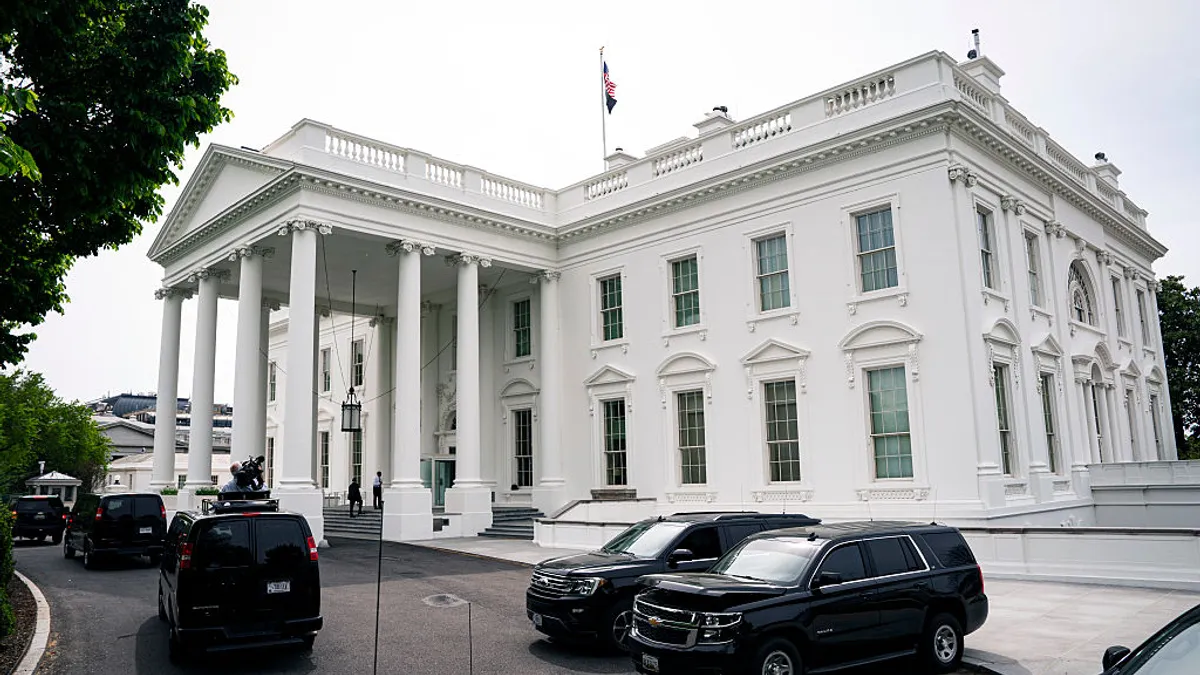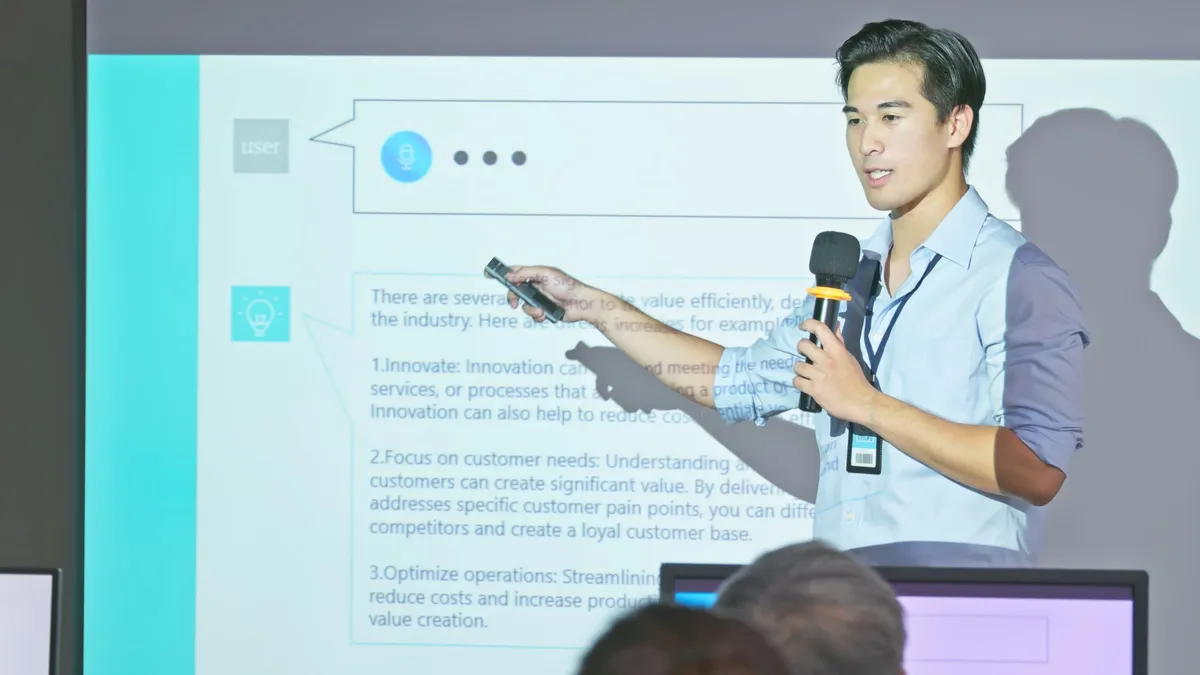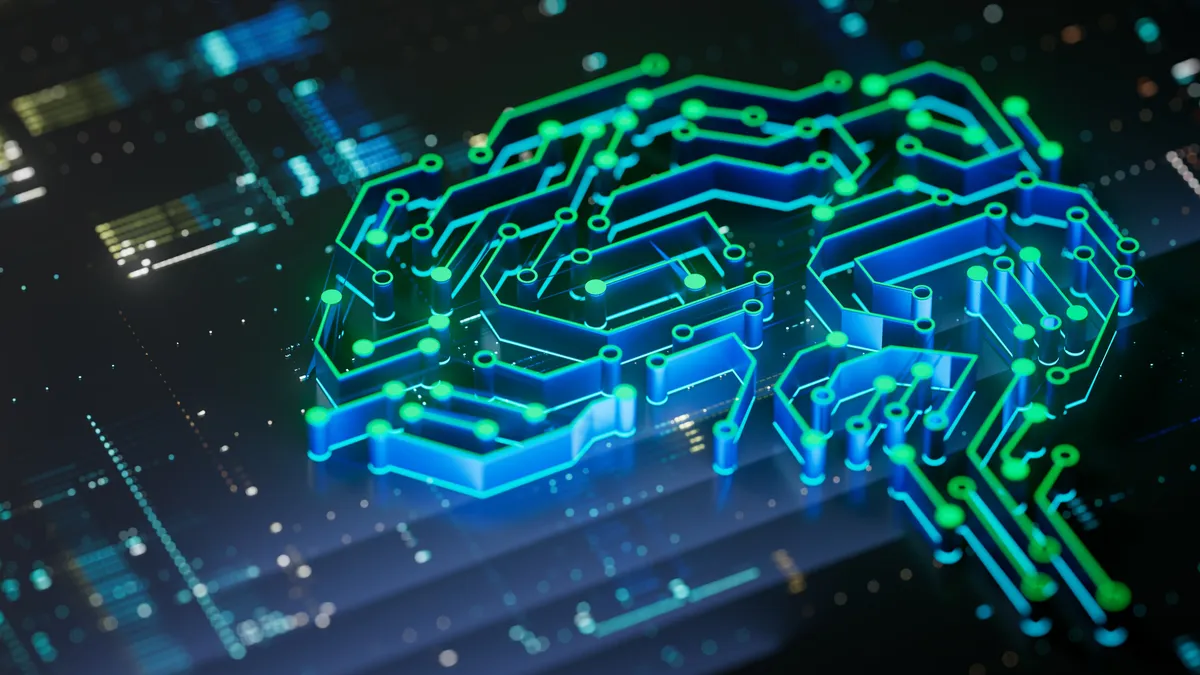Federal support for artificial intelligence in education appears to have a serious chance at gaining traction, as the Trump administration is reportedly weighing a draft executive order on the issue as of Tuesday, according to The Washington Post.
The draft order is subject to change, and it’s unknown when a final version would be issued — if at all. However, as it’s written, several federal agencies would be directed to help with training students and teachers on AI, the Post reported. Specifically, those agencies would be tasked to develop public-private partnerships on AI literacy and critical thinking skills alongside industry, academia and nonprofit groups.
The reported draft executive order would also establish a White House task force on AI in education that would be spearheaded by Michael Kratsios, director of the White House Office of Science and Technology Policy. Other federal officials on that task force would include the secretaries of education, agriculture, labor and energy.
Other priorities directed to federal agencies in the draft include examining existing federal grants and spending for AI initiatives, particularly in education. Federal grant funding for teacher AI training would be a key focus assigned to U.S. Secretary of Education Linda McMahon under the reported draft order.
Additionally, the order calls for federal registered apprenticeships in AI-related fields and a nationwide competition for students and teachers to showcase their AI skills.
Who’s actually taking the lead on AI?
What’s striking to some AI and ed tech experts is it appears that this executive order was drafted just a month after the Trump administration abolished the U.S. Department of Education’s Office of Educational Technology. That office was established by Congress in the Technology for Education Act of 1994 to lead the way on equitable technology use in schools.
Closing OET has undercut the credibility and sustainability of any future AI education initiatives at the federal level, which is really concerning, said Bernadette Adams, former acting deputy director of OET before it was shuttered. Adams has worked in education technology policy with the federal government for the past 28 years.
“Given how fast AI is changing the landscape of teaching and learning … by dismantling OET and now scrambling to rebuild a parallel structure with no institutional memory really strikes me as incredibly odd,” Adams said.
In the past several years alone, OET released several resources on AI use in the classroom designed for teachers, districts and the ed tech industry. Online access to those resources has since vanished from the Education Department’s website, but those documents can still be found on the global nonprofit European Edtech Alliance’s page.
OET’s AI guidance for schools “focused on student protection, educator empowerment and trustworthy AI,” Adams said. “These are issues that are kind of conspicuously missing from what I believe is the draft EO.”
Based on reports of the draft executive order, it remains unclear who exactly in the federal government will be responsible for spearheading all of the newly outlined AI initiatives for schools, said Pat Yongpradit, chief academic officer of Code.org and lead for TeachAI.
At least 26 states have released AI guidance for schools, according to TeachAI, a national coalition of nonprofits, education authorities, researchers, associations, nongovernmental organizations and technology companies that aims to guide schools on safe and ethical AI use.
For Yongpradit, the draft executive order is a “wonderful” idea that appears to represent proposed policies that evolved out of a bipartisan House AI taskforce last fall. Yongpradit also said he appreciated the order’s focus on AI literacy and critical thinking skills.
However, what was lacking, Yongpradit said, was an acknowledgement and a need to address the fact that “a lot of states aren’t ready for AI,” given that they don’t often require students to learn the fundamentals of computer science. Such lessons can instruct on how AI works as well as the technology’s ethical and social impacts. In 2024, just 11 states had a computer science graduation requirement, according to Code.org.
“I hope that the final executive order will clarify what is meant by AI literacy, what it requires, and how it is much more than surface things like prompt engineering or saving teachers' time,” Yongpradit said.
While it makes sense to have a dedicated and focused federal effort on AI in education, Adams said, cutting off the institutional memory and technical expertise to effectively do that work makes less sense.
“How you go about this can actually be harmful as opposed to beneficial,” Adams said.






















